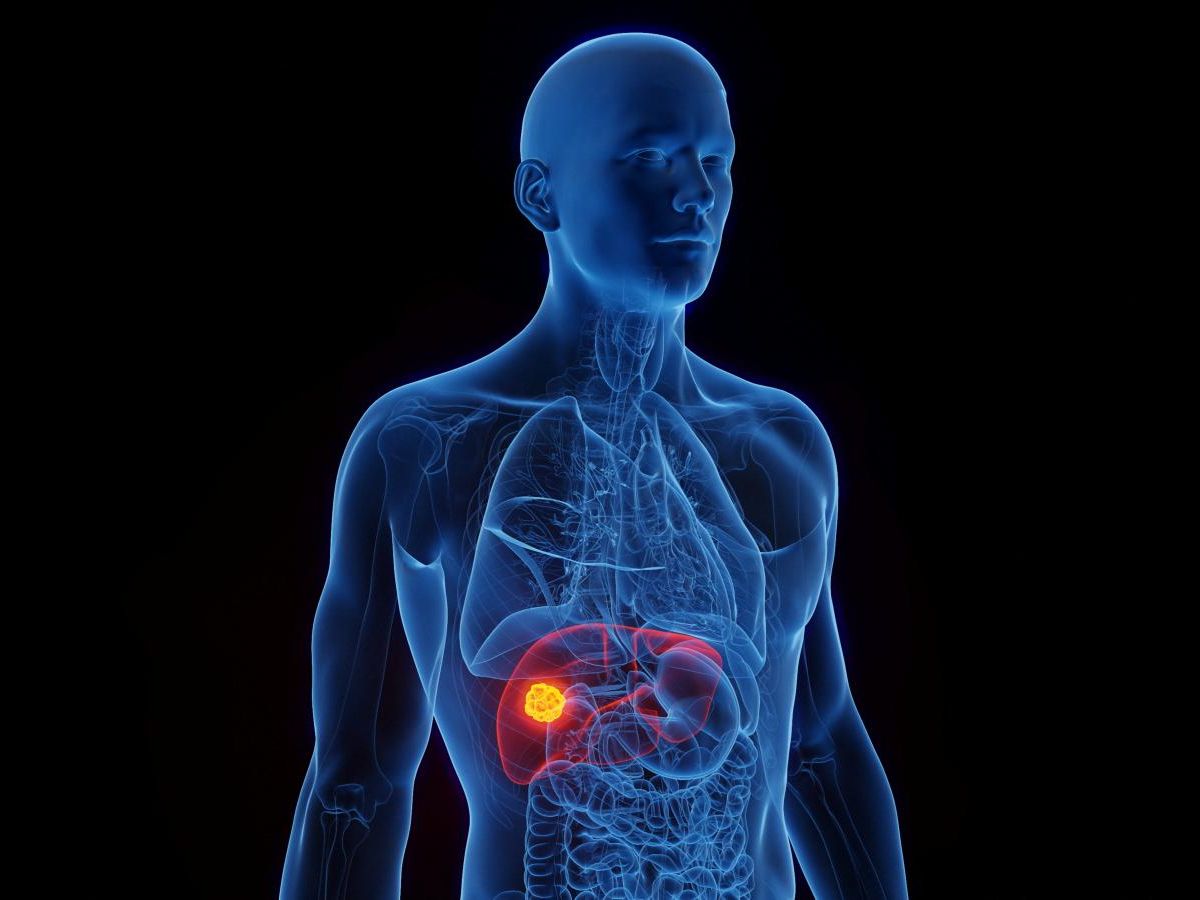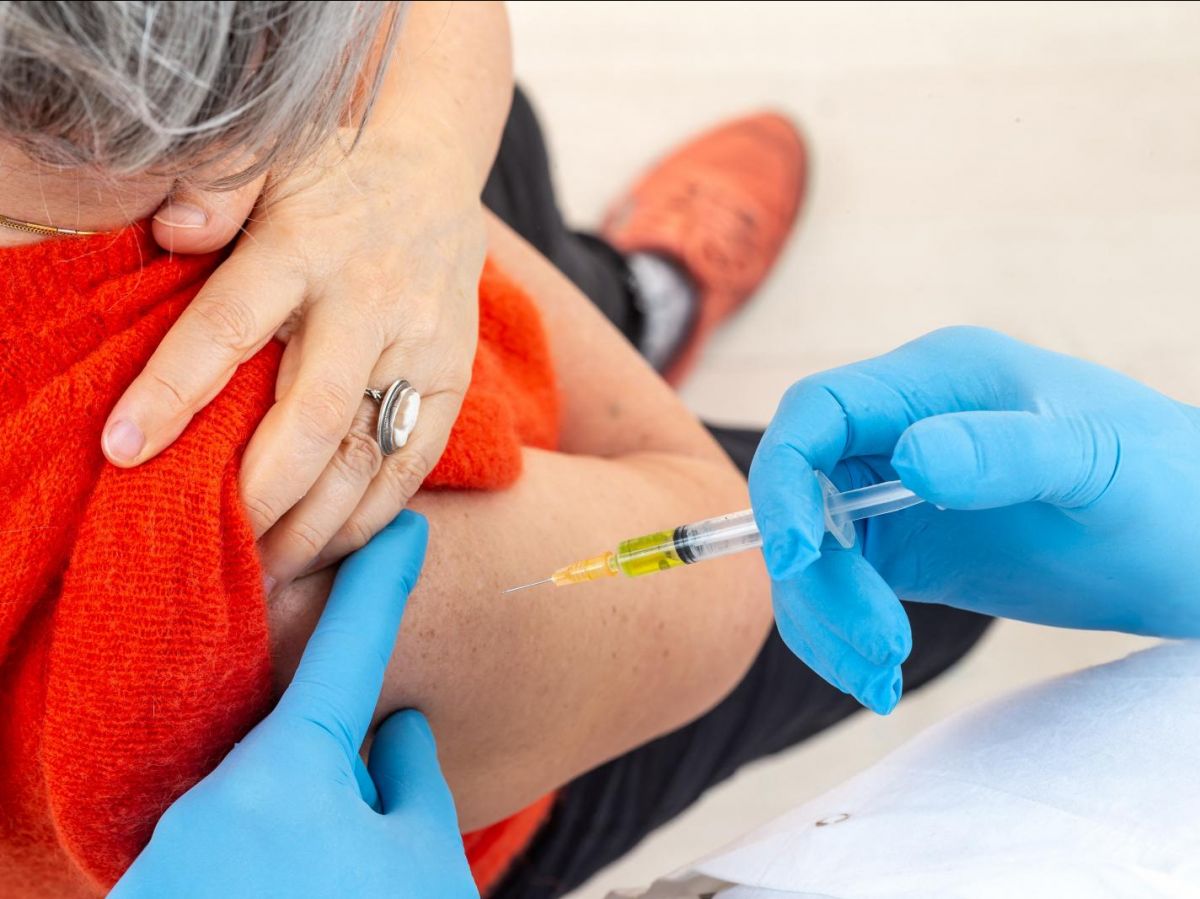Liver cancer is a global emergency, and now is the time for prevention and we must be ambitious, insist the experts of the journal's commission. Tea Lancet on hepatocellular carcinoma in a study published at the end of July 2025.
As a reminder, this cancer, called hepatocellular carcinoma, is the sixth most common cancer, constitutes the third cause of cancer-related mortality in the world and its average five-year survival once diagnosis is established does not exceed 30%.
Preventable cancers in 60% of cases
However, in three out of five cases, or 60% of cases, these cancers are preventable since they are due to factors such as alcohol consumption, viral hepatitis types B and C, obesity and also diabetes. In these last two cases, these are the consequences of what is now called disease steatotic liver associated with metabolic dysfunction (abbreviated MASLD, according to the new acronym, from the English "metabolic dysfunction associated steatotic liver disease", a term which replaces those of NASH and NASLD).
According to this new epidemiological study, which analyzed the most recent data and studies, the number of new cases of liver cancer is expected to almost double by 2050 and reach 1.52 million, with data for 2022 already being 0.87 million.
An increase that will inevitably occur if no measures are taken by the public authorities, who then risk being confronted with the very serious health and economic consequences of such a burden.
Reduce the incidence rate of liver cancer by 2 to 5%
Composed of experts from six countries (China, United States, South Korea, Italy, Spain and France), the commission calls for " to increased awareness among the public, physicians, and policymakers of the growing risk of MASLD, with a focus on high-risk groups, including people with diabetes and obesity.”
Hence the goal targeted by the researchers: to reduce the incidence rate of this cancer by at least 2% and sometimes even 5% in regions of the world where this is possible. If such a goal could be achieved over the next 25 years, experts estimate that at best, nearly 17.3 million new cases of liver cancer could be prevented and 15.1 million lives would be saved.
Read alsoHow can we explain the increase in cases of digestive and colorectal cancers among people under 50?
In order to reduce the global burden of this cancer, the commission therefore proposes around ten recommendations, including the need for screening and vaccination efforts against hepatitis B and C viruses (especially since treatments exist), better information and public awareness, especially among at-risk groups such as the obese and diabetics, on the risks inherent in alcohol consumption.
There is indeed an increasing risk of steatosis "particularly in the United States, Europe and Asia," point out the experts. Who do not forget to insist on the importance of a healthy diet and call for coordinated efforts. between manufacturers, healthcare providers and international organizations in order to reduce the significant disparities in the treatment of the disease, which is very insufficient in low- and middle-income countries.”
In France alone, there are nearly 10,000 new cases each year, with eight out of ten patients being men, often over 60 years old, and nearly 9,000 deaths.


